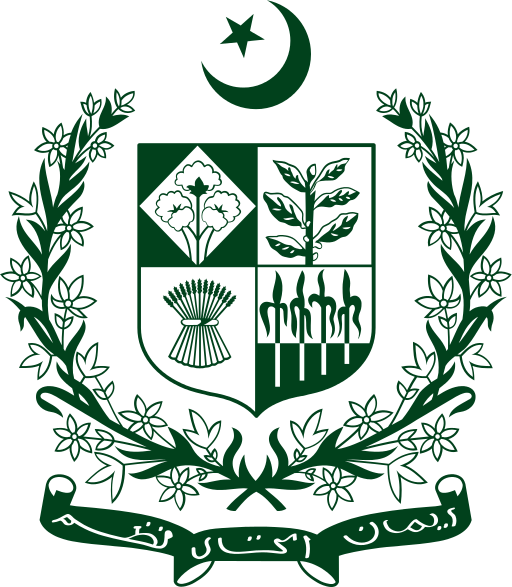

Pakistan , officially the Islamic Republic of Pakistan (Urdu: اسلامی جمہوریہ پاکستان), is a federal parliamentary republic in South Asia on the crossroads of Central Asia and Western Asia. It is the sixth-most populous country with a population exceeding 197 million people.In terms of area, it is the 33rd-largest country in the world with an area covering 881,913 square kilometres (340,509 square miles). Pakistan has a 1,046-kilometre-long (650-mile) coastline along the Arabian Sea and the Gulf of Oman in the south and is bordered by India to the east, Afghanistan to the west, Iran to the southwest, and China in the far northeast, respectively. It is separated from Tajikistan by Afghanistan's narrow Wakhan Corridor in the north, and also shares a maritime border with Oman.
The territory that now constitutes Pakistan is considered a cradle of civilisationthat was previously home to several ancient cultures, including the Mehrgarh of the Neolithic and the Bronze Age Indus Valley Civilisation, and later home to kingdoms ruled by people of different faiths and cultures, including Hindus, Indo-Greeks, Muslims, Turco-Mongols, Afghans, and Sikhs. The area has been ruled by numerous empires and dynasties, including the Persian Achaemenid Empire, Alexander of Macedonia, the Indian Mauryan Empire, the Arab Umayyad Caliphate, the Delhi Sultanate, the Mongol Empire, the Mughal Empire, the Durrani Empire, the Sikh Empire, and most recently, the British Empire.
